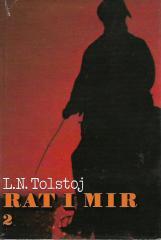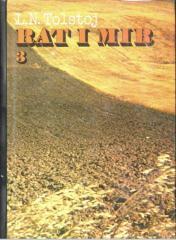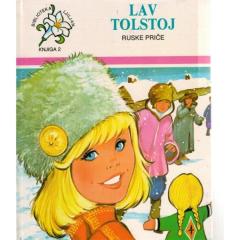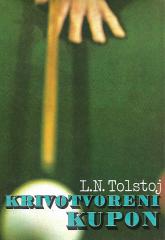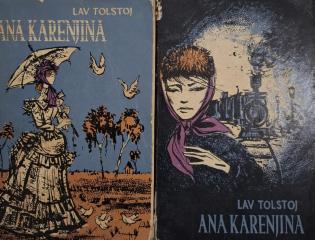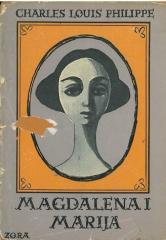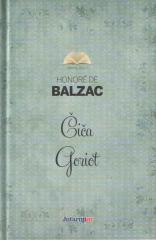
Rat i mir
The novel is the pinnacle of Tolstoy's early work, combining a realistic depiction of Russian society with philosophical essays that anticipate his later works such as Resurrection. Quickly recognized as a masterpiece, it is now considered a cornerstone o
Set in Russia at the turn of the 18th and 19th centuries, as the shadow of Napoleon looms over Europe, Leo Nikolayevich Tolstoy’s War and Peace (1865–1869) follows the fates of the Bolkonsky family, the Rostovs, and the eccentric Pierre Bezukhov during the turbulent years of war and social change. Written with incredible ambition, the novel interweaves the characters’ intimate stories with detailed accounts of historical events, from salon intrigue to devastating battles.
Andrei Bolkonsky, an intellectual and idealist, goes to war dreaming of heroism, but his wounding at Austerlitz and the collapse of his marriage to Lisa shake his faith in glory. His search for meaning leads him to love Natasha Rostova, but tragedy crushes him. Pierre Bezukhov, the uncertain heir to a vast fortune, wanders between empty aristocratic parties, his marriage to the fatal Helen, and spiritual experiments in Freemasonry. Napoleon's invasion of 1812 throws him into the heart of war, where he witnesses the burning of Moscow and finds strength in an unexpected solidarity with the people. Natasha Rostova, lively and passionate, goes through love for Andrei, a scandalous affair with Kuragin, and family losses, maturing into a woman who finds peace in motherhood.
The novel captures key moments—from the lavish balls of Petrograd to the chaos of the Battle of Borodino—as Tolstoy discusses the role of the individual in history, rejecting the idea that great leaders like Napoleon alone shape their own destiny. Instead, he emphasizes the role of chance and collective will. Pierre’s eventual reconciliation with a simple life and Natasha’s transformation reflect Tolstoy’s vision of spiritual harmony.
Unlike the more intimate Family Happiness or the moralistic later novels, here Tolstoy creates an epic mosaic, examining fate across dozens of characters and hundreds of pages. Its focus on psychological nuance and historical context made the novel revolutionary, influencing the development of the modern novel.
The work immediately impressed readers with its monumentality, but also drew criticism for its philosophical digressions and unconventional approach to history. Russian critics such as Chernyshevsky praised its authenticity, while others felt that the novel lost focus due to its length.
The book consists of 4 volumes.
Jedan višetomni primjerak je u ponudi.

